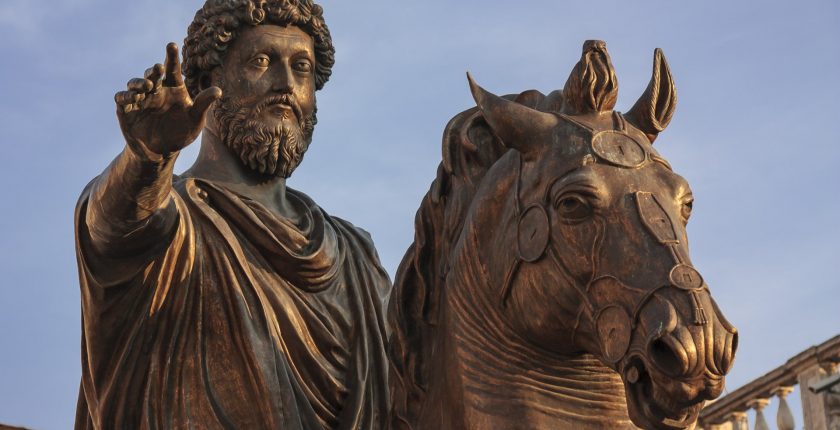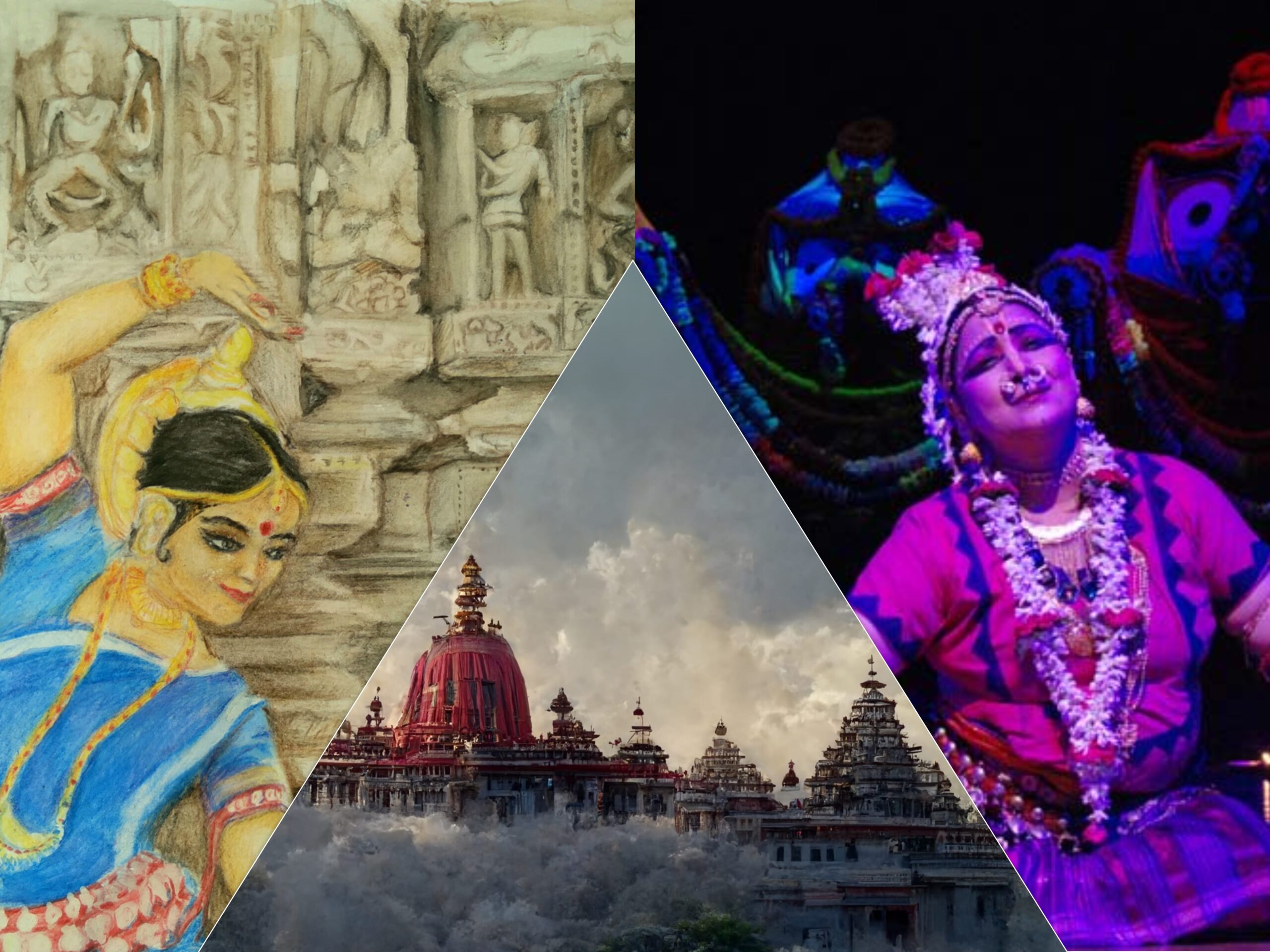- Visitor:355
- Published on:
Shri Mahesh Sharma Ji: Man of Mission
In today’s world, where everything is driven by money, we have few people who think much about them. We are celebrating Earth Day today. The theme for this year is Invest in Our Planet. Today will talk about a person who has devoted his life to restoring old traditions with the Indic traditional knowledge system and bringing change to the Adivasis of Jhabua district, Madhya Pradesh.

Forests are no greener, and Ponds and Rivers are drying faster than leaves.
We all think about contributing to our mother earth, but very few people are passionate about leaving everything behind and taking the initiative to bring that change. In today’s world, where everything is driven by money, we have few people who think much about mother earth. We are celebrating Earth Day today. The theme for this year is Invest in Our Planet. Today will talk about a person who has devoted his life to restoring old traditions with the Indic traditional knowledge system and bringing change to the Adivasis of Jhabua district, Madhya Pradesh.


Brief Introduction to Shri Mahesh Sharma
Shri Mahesh Sharma was born on 14th March 1957 in a small village near Datia, Madhya Pradesh. His town happened to be near a Matha named ‘Peetambara Peeth.’ So, he spent his childhood and teenage in the company of social reformers and leaders, which planted a seed of becoming a social change agent in him.
Shri Mahesh Sharma is a changemaker and visionary. Founders of the Shivganga Ashram in the tribal district of Jhabua, he came to Jhabua in 1998 and has transformed the place in the twenty years that he has been there. He spent his first five years traveling extensively from village to village and house to house to identify the real problems that the people of Jhabua face and be a part of their community. Then he used the culture and tradition of the land to develop a sustainable model for development and empower the tribals of Jhabua.
Halma 2020- Awaking Our Inner Bhagirath
Being an archaeology student, I always used to think how this so-called neolithic revolution was possible without collective choice and effort? Is it only possible through technological change and advancement? I came to know about Halma practice. Halma is an age-old agricultural tradition in the tribal villages of the Jhabua district in Madhya Pradesh; most families in a town collect their agricultural instruments and work on one person’s land on a given day together. The process goes on to cover every family. Even though the devices and tools were privately owned, they were used to benefit the whole community. The land was jointly cultivated, but its production was private, which also substantially reduced the cost of production.

As an archaeologist, it is not only our job to excavate the old habitations and documents the details of antiquities; it is also the duty of archaeologists to understand the nature of society and community and how they cope with changing landscape and challenging circumstances. In this case, such practices can help us bring back our historical sense in its indigenous form. The success of this practice has shown that there is a high possibility of organizing the unorganized rural people around issues of environmental regeneration, management, and conservation of natural resources. Such practices are not only helping in labor cost reduction and bringing the collective consciousness among community members.
“Halma, an opportunity to do Yoga of Work”
Shivganga has subtly brought everyone together and connected their work contribution with ‘Parmarth,’ leading by example. Shri Mahesh Ji does not believe in enabling people by giving short-term incentives but empowering people to individually become Bhagirath and work collectively to identify and understand the world’s wicked problems.
Matavan
Forests and tribal people used to be inseparable terms. They used to co-exist with tribals being the guardian and protectors of forests and snatching the natural rights of tribes that devastated the woods. They damaged the livelihood capability of tribal people. Trees are an integral part of the life of tribal people, and no ritual is complete without an ode to Jungle. Deforestation is also contributing to the water crisis problem of Jhabua. After a year of construction of Kheda Talab, moved by the efforts of Shivganga and villagers, the forest department provided 32 acres of land and financial support of 18 lakhs for Matawan. Surrounding three sides of the pond, the Matavan has 12000 trees planted.

Sacred groves of India are forest fragments of varying sizes, which are communally protected, and which usually have a significant religious connotation for the protecting community. Hunting and logging are generally strictly prohibited within these patches. One of the most important traditional uses of sacred groves was that they acted as a repository for various Ayurvedic medicines. Other uses involved a source of replenishable resources like fruits and honey. In most holy groves, it was taboo to hunt or chop wood. The vegetation cover helps reduce soil erosion and prevents desertification, as in Rajasthan. The groves are often associated with ponds and streams and meet the water requirements of local communities. They sometimes help in recharging aquifers as well.

Such efforts can help us restore our old traditional knowledge system, coming directly from experience and through roots; such actions are more sustainable than policies decided in closed air-conditioned rooms. Shri Mahesh Sharma Ji is known as Gandhi of Jhabua, whose simplicity and power to connect have helped him restore the dying civilization of the Bhil community. Again, they are associated with the forest and its tradition. We need a collective effort to convert our old traditions on the ground and community level, with the help of practice following communities, whether they are forest people, pastorals, or farmers. Problems bring an opportunity to restructure oneself not on a superficial level but on an internal level.
To bring a change in society, become that change first.
Reference:
Shivganga Samagra Gramvikas Parishad – Vikas Ka Jatan (shivgangajhabua.org)
Center for Indic Studies is now on Telegram. For regular updates on Indic Varta, Indic Talks and Indic Courses at CIS, please subscribe to our telegram channel !
- 177 min read
- 1
- 0










